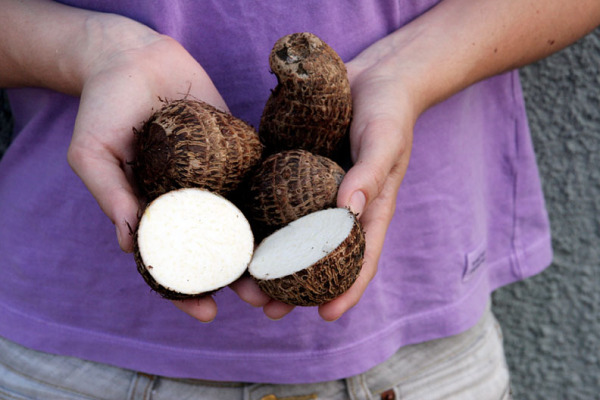my dog nelson, the chinese actor, starring in "two widows"
Nate was the set decorator on a short film that was filmed in Chinatown called "Two Widows." They needed a dog for a few scenes and I volunteered Nelson. I was so excited about taking him to the film shoot that I taught Nelson a few commands in Mandarin... you know just in case he needed to know them. Sit! -- zuo le! Down! -- tang le! This was going to be Nelson's and my debut in a long and lucrative dog/trainer acting career.
On the actually day of the shoot in the tiny Chinatown apartment with all the actors and film production people around, I couldn't get Nelson to listen to me in English or Mandarin, no matter how many profanities I shouted at him. He was wild. He only ended up making it into one scene of the short movie and it's kind of hilarious because the whole time he's on the screen, he's pulling on the leash and definitely not zuo le! -ing. Nelson has not been asked back to appear in any other films.
To see the beginning and end of Nelson's and my acting/trainer career, skip to 7:20 of the film. The movie itself is actually pretty funny. It's about two widows who live on the fifth floor of an apartment building in Chinatown New York. There's a bachelor living in an apartment on the second floor (with a dog). The two women compete to win him over because they don't want to walk up five flights of stairs anymore. Having lived in a sixth floor walk-up, I see the attraction.
-mary kate
 2 Comments | |
2 Comments | |  Permalink
Permalink  videos
videos 









